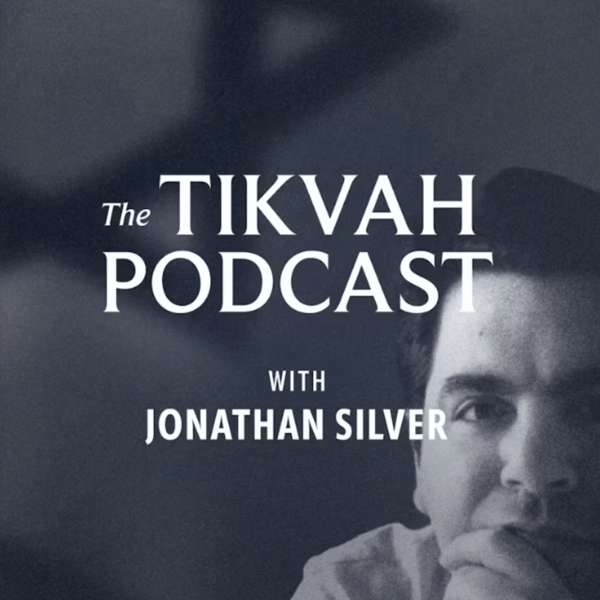Samuel Goldman on Religion, State, and the Jews
The Tikvah Podcast
Tikvah
4.6 • 620 Ratings
🗓️ 8 June 2017
⏱️ 46 minutes
🧾️ Download transcript
Summary
It was Thomas Jefferson, in a now-famous letter to the Danbury Baptist Association, who first wrote of a “wall of separation between Church & State.” And it has long been America’s Jews who have stood at the forefront of public arguments to keep that wall as high as possible. Why are Jews so devoted to the separation of religion and government? Is it because of a prudent assessment of Jewish interests? Or it the result of outdated beliefs that have calcified into secular dogma?
In one of his most important essays, “Church and State: How High a Wall?,” Milton Himmelfarb tackles these very questions. Published in Commentary in 1966, the piece argues that the American Jewish dedication to strict separationism is misguided and isolates the Jewish community from a democratic consensus in America without any obvious benefit.
In this podcast, Tikvah’s Jonathan Silver is joined by Professor Samuel Goldman of the George Washington University’s Loeb Institute for Religious Freedom to discuss this classic essay. They discuss the complex history and logic of American Jews’ changing attitudes toward church-state separation as well as the most powerful arguments against the separationist consensus. In so doing, they begin to paint a picture of what an authentically American idea of religious freedom ought to look like in a truly pluralistic America.
Transcript
Click on a timestamp to play from that location
| 0:00.0 | Welcome to the Tikva podcast and great Jewish essays and ideas. |
| 0:11.0 | I'm your host, Jonathan Silver. |
| 0:13.0 | If you like listening to our podcast, I invite you to subscribe on iTunes or Stitcher, |
| 0:18.0 | and I hope you'll leave us a rating and a review. |
| 0:20.0 | If you want to learn more about Tikva and our work, you can visit our website, on iTunes or Stitcher, and I hope you'll leave us a rating and a review. |
| 0:20.8 | If you want to learn more about Tikva and our work, you can visit our website, ticfund.org, |
| 0:25.9 | follow us on Twitter at TikvaFund, or like us on Facebook. |
| 0:30.0 | My guest today is Samuel Goldman, Professor of Political Science at George Washington University, |
| 0:35.0 | an executive director of its Loeb Institute for Religious Freedom, |
| 0:38.7 | Professor Goldman is a contributing editor at the American Conservative, the literary editor |
| 0:43.7 | of Modern Age, and his head writing appear in most of the major intellectual publications |
| 0:48.4 | of politics and culture. It's a pleasure to welcome him to this conversation. |
| 0:53.4 | Americans have always believed ourselves to be exceptional when it comes to the way we organize religion and politics. |
| 0:59.0 | That we are exceptional is just about the only thing that Americans agree on, though. |
| 1:03.0 | How to balance religion and politics has been highly disputatious in our culture. |
| 1:07.0 | Back in 1802, President Thomas Jefferson wrote a letter to the Danbury Baptist Association |
| 1:11.6 | in Connecticut, in which he interpreted the religion clauses of the First Amendment to be akin |
| 1:17.3 | to, quote, a wall of separation between church and state. Today we're going to talk about a classic |
| 1:22.5 | 1966 essay from Commentary magazine by Milton Himmelfarb. Taking his title from that famous Jefferson letter, |
| 1:29.8 | Himmelfarb enters into this tradition of American argument about religion and the public square, |
| 1:34.4 | and asks American Jews to think about church and state, asking precisely how high a wall, |
| 1:39.4 | how much separation is healthy for a democratic society like our own. |
... |
Please login to see the full transcript.
Disclaimer: The podcast and artwork embedded on this page are from Tikvah, and are the property of its owner and not affiliated with or endorsed by Tapesearch.
Generated transcripts are the property of Tikvah and are distributed freely under the Fair Use doctrine. Transcripts generated by Tapesearch are not guaranteed to be accurate.
Copyright © Tapesearch 2025.

